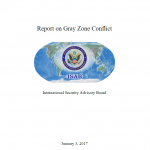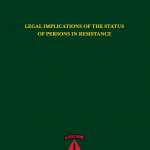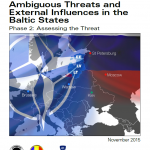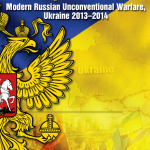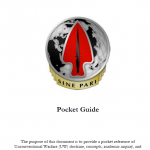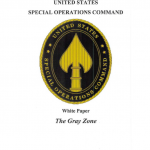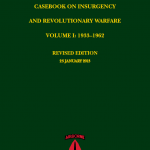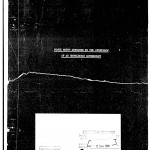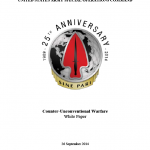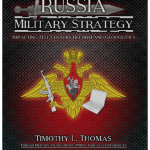
Today’s military innovators are the modern-day scientists and engineers who assist in the creation of contemporary and new concept weaponry; and the military theorists who study changes in the character of war. Digital specialists understand how to develop and employ the capabilities of electronic warfare equipment, satellite technology, and fiber optic cables. While Kalashnikov’s fame is imbedded in Russia’s culture, it may be harder to find a current digital entrepreneur whose legacy will endure as long as his: there are simply too many of them, and their time in the spotlight appears to be quite short, since even now we are about to pass from the age of cyber to that of quantum. It is difficult to predict whose discoveries will be the most coveted by tomorrow’s military-industrial complex, not to mention the decision-making apparatus of the Kremlin and General Staff. Military theorists are playing an important role as well. They are studying how new weaponry has changed the correlation of forces in the world, the nature of war, and the impact of weaponry on both forecasting and the initial period of war.

